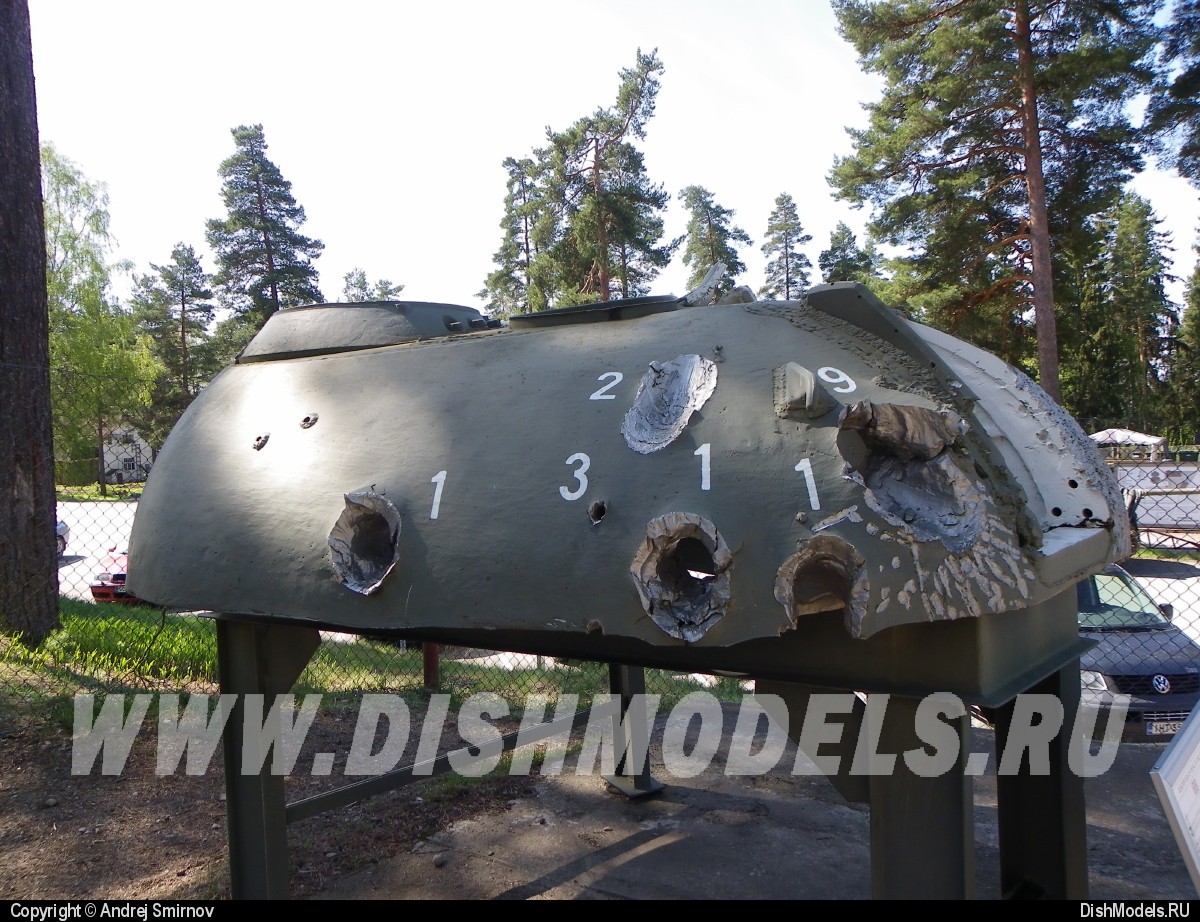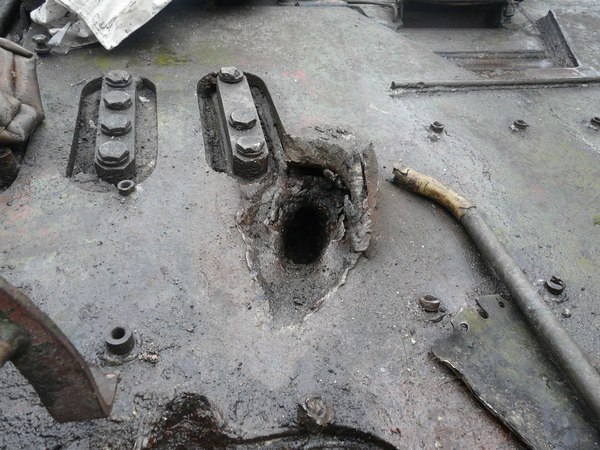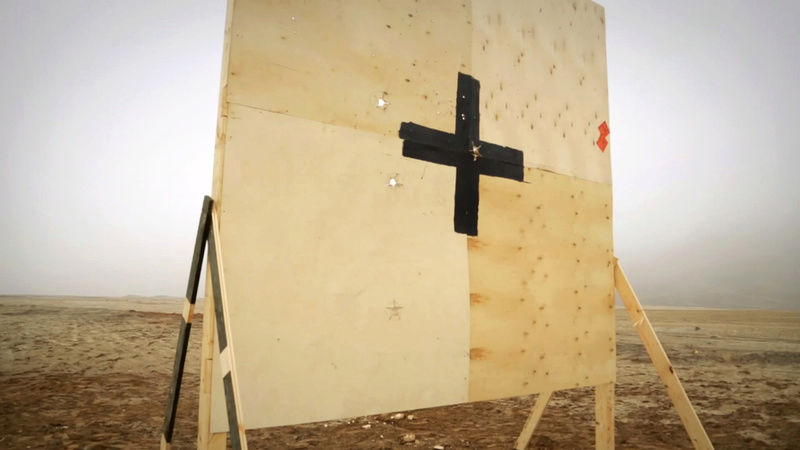GarryB wrote:
Exactly my point.
The vast majority of the time we can assume both vehicles are on level ground and the gun barrel of the NATO tank will be 1 metre or more above the line of the Russian tank, and the APFSDS rounds have a very flat trajectory but it is not a laser, so assuming the round hits the lower front hull it is more likely traveling at a downward angle and not a perfectly horizontal angle...
You can make assumptions for the sake of simplicity, but I prefer to make assumptions to allow for reality.
The vast majority of the time, NATO tanks will be hull down or behind some kind of cover...
GarryB wrote:
The aim point will be the enemy turret front and the ballistic computer will deflect the angle of the barrel upwards to a point several metres above the turret so that at 2km distance the round will fall back down to the point of aim through the sights.
Assuming no deceleration of the round in flight (for the sake of simplicity) a 125mm APFSDS round travels about 1.7km per second and gravity acts at 9.8m/s/s so a target 1.7km away hit by a round traveling at i.7km/s/s will be effected by a 9.8m drop from the boresight of aim.
The gun barrel will therefore be pointing at a position slightly less than 9.8m above the target tank which means the penetrator wont be heading straight through but will have a slightly downward path through the target.
Of course in the real world that round will start to decelerate as soon as it leaves the muzzle.
Why are you telling me this, Garry? Finding the angle of impact only requires some simple A-level maths.
Speaking of deceleration; 105mm and 120mm APDS lose around 50 m/s per 1 km of travel. 115mm and 125mm APFSDS lose around 128.5 m/s per km. Perhaps the Soviet munitions industry was so forward-thinking that they deliberately gave their APFSDS high drag so that they could defeat the sloped armour of the M60A1 and the Chieftain?
Firing table for the 125mm BM9 and BM12, courtesy of Stefan Kostch. Angle of attack at the point of impact is shown under the column "Fallwinkel", expressed in degrees.
At 1000 m, angle is... only 0.1 degrees.
At 1500 m, angle is... still 0.1 degrees.
At 2000 m, angle is... a big fat 0.2 degrees.
How about HEAT? Here's a firing table for 125mm BK-14M, courtesy of Stefan Kotsch. Once again, look under the column "Fallwinkel", expressed in degrees.
At 1000 m, angle is... 0.5 degrees.
At 1500 m, angle is... 0.9 degrees.
At 2000 m, angle is... 1.4 degrees.
Let us not forget that Soviet APFSDS and HEAT is more draggy than their 105mm counterparts. 125mm HEAT has a particularly draggy design because it has rather thick fins with a large wingspan compared to 105mm HEAT like the M456, which has a more efficient square-tipped spike nose and subcaliber fins. Even if you shot at a T-72 at 2 km with 105mm HEAT, the shell will probably impact the lower glacis at an angle of much less than 1.4 degrees.
Even the gun axis of a typical NATO tank is 1 m above the gun axis of a T-72, it won't make any difference at distances as short as 1 km. Assuming that the gun axis of an M60A1 is 2 m above the lower glacis of a T-72, you get 2 meters at 1 km, which is 2 mils, and 1 mil is equal to 0.05625 degrees, so that's 0.12 degrees. What difference will that make?
That's why it is convenient to assume that the angle of impact is 0 degrees. This is reality.
GarryB wrote:
Which is why those hits on that target are scattered and no one point of a target can be "aimed" for which makes any weak point no more or no less serious than those you can't do anything about like the gun barrel.
It is very difficult to aim at any weak points, no matter which gun you use or what ammunition you use. However, everyone knows that if you aim at the center mass of a target, you are much more likely to get a hit on the tank, and more of your shots will land near the center or at the center of the tank. Therefore, the center of the tank should have as few weak points as possible. I don't know how much more simple this can be...
GarryB wrote:
Of course, those stupid commies can't design accurate guns.... only weapons produced in the west can be accurate.
When did I talk about guns?
The earlier steel "Ring" type of sabot was just carried over from 115mm development, and they were just not that good, although they were slightly improved with each new round put into service. The first major improvement only came when the aluminium "Bucket" type of sabot was introduced in the early 80's. This is an objective fact.
GarryB wrote:
Be as afraid as you want. The muzzle reference system on the 2S38M 30mm cannon measures muzzle velocity in real time and uses that information to make further bursts of fire more accurate. The radar also tracks outgoing rounds to also further improve aim.
Why are we suddenly talking about anti-aircraft guns? And what's this about radars? How does that control the unpredictable vibrations of the gun barrel? 2A38M uses an induction-type system to find the muzzle velocity of emerging shells, by using Faraday's Law? The Rh120 L/44 on the Leopard 2A4 uses a laser MRS to detect barrel bend. These are completely different things, not to mention that neither of them are capable of detecting the vibrations of the gun barrel
We were talking about how MRSs can't detect and compensate for the oscillations of the gun barrel while the shell is still accelerating inside it. It's not just the limitation of the MRS, but also of the stabilizer. No existing stabilizer is capable of actively damping barrel vibrations based on feedback from an MRS, not least because the time between primer ignition and the shell leaving the barrel is so short. Reducing the amplitude of the oscillations at the muzzle depends entirely on the construction of the cannon and whatever built-in passive damping structures they've put in there.
GarryB wrote:
The current new Russian tank uses radar both for APS and for local awareness, but guided rounds are much easier and they already have a range of gun tube launched missiles.
That is the thing about the Russians though.. they don't put all their eggs in one basket so they have composite armour and ERA and APS and anything else they think might make their vehicles safer...
Please give us an estimation of when the T-72 will get all these upgrades that you speak of, bearing in mind that the MoD didn't think that it was necessary to replace Kontakt-5 with Relikt and they didn't think it was worth replacing the V-84 for most of the B3s, and they also didn't think that it was necessary to replace the autoloader control system, or give the commander something useful instead of the old TKN-3MK, or add a spall liner to replace the anti-radiation lining that they removed from parts of the interior, and to add an MRS to the gun.
GarryB wrote:
The fact that you say they are reasonably accurate suggests you don't even believe that they are accurate.
Flechette rounds have low recoil and flat trajectory but that does not make them accurate in any sense of the word.
You're grasping at straws, Garry. You deliberately ignored the part where I mentioned that APDS ammo in the 7.62mm caliber is used in Sweden as sniper ammo.
Ammo like SLAP for the M2 are machine gun ammo, not match ammo for sniper use. You're not going to get good accuracy from M2 Ball if you put it in a Barrett or something. You need match-grade ammo. That's why I said that they are reasonably accurate.
APDS ammo is commonly used for CIWS platforms because they have lower dispersion, so the chances of a round hitting an incoming ASM is much higher per burst. In fact, that was the original purpose of the Russian 30mm "Kerner" APDS round for the 30x165mm caliber.
Please don't make it a habit to ignore uncomfortable truths.
GarryB wrote:
Hahahahaha... of course you can... you just compare the width of the turret with the width of the hull... if the turret and hull are narrow it is likely the vehicle is heading directly at you or away from you... even with poor optics.
A weapon designed to engage non armoured targets at 10km and armour at 8.5km however should allow the operator to see what they are firing at to prevent friendly fire errors.
You misunderstood. I am talking about facing forward or backwards, not forwards or sideways. I thought that that was quite clear when I said "forwards or backwards".
GarryB wrote:
I am not going to tarnish all of them with one brush. So you think all American tankers are amazing?
It is a question of averages, not absolutes. On average, the Iraqi army has displayed poor performance, and on average, American tankers have proven to be competent. It is a result of having a bigger budget and having training technology like MILES. It is not difficult to grasp the concept of averages.
GarryB wrote:
Yes, because all Iraqi tankers are idiots too.
We could not possibly consider the attackers set up a situation where side and rear shots were possible and took advantage of the situation that was created?
You have missed the point entirely... Again. The idea is to use tactics that prevent the enemy from being able to shoot you from the rear, typically preceded by having a good system of communication and being able to correctly assess the situation. The tanks did not change from the first assault on Grozny to the second. Only the tactics. The result was a gargantuan decrease in losses.
GarryB wrote:
The 125mm warhead of the RPG-28 is rather more powerful than any old generation ATGM from AT-3/-4/-5 or even -6.
It does not matter what sort of weapon you have... when fighting tanks you always try to hit it from the side or the rear... that is where the weaker armour is...
And the protection level of modern tanks has been increased to deal with the increasing power of anti-tank rockets and missiles as best as possible. The T-72B3 is stagnant. Not every missile is a Kornet, and not every rocket is an RPG-28. The vast majority of threats are old weapons like the RPG-7, SPG-9 and Fagot, usually with a smattering of Chinese weapons like the HJ-73. The extra mantlet armour for the Leopard 2A5+ lets it survive against these common threats. The ~350mm of steel for the mantlet of the T-72B3 does not. If you are fighting a tank, of course you will always try to hit it from the sides or rear, but circumstances are not always ideal.
GarryB wrote:
ARENA2 is not cheap because it is not in mass production. New technologies and mass production will make it more affordable and its ability to cover a wide range of angles of a vehicle makes it rather more effective than adding a few extra blocks or changing to different ERA types.
You make it sound so easy. That must be why every Russian tank now has Afghanit...

GarryB wrote:
For all we know the new NERA developed for the new vehicles might be even better but they want to keep it secret.. for a real combat use how hard wiould it be to unbolt the old ERA and replace it with much more effective material?
The NERA in the T-72B are definitely useless today unless they are replaced, because the rubber in the bulging plates are definitely degraded after ~30 years, so it's reduced to just spaced armour now. Even so, I am not talking about the composition of the armour inside the cheek cavities. I am talking about the weakness of the mantlet, which has no composite armour at all. It's just cast steel.
Kontakt-5 is welded onto the skin of the tank, not bolted, which is why it is so terrible that they invested in Kontakt-5 instead of Relikt when older T-72B models were upgraded to the B3 standard. It's not like they can just replace it in the near future at negligible costs. The most expensive resource is human labour, not the materials themselves.
GarryB wrote:
During an exercise it really doesn't matter what they fit... fit the stuff they already have in stock that is already paid for and in a real conflict get the good stuff out.
Is that why the T-72B3s sent to Ukraine and Syria are all the same as they appeared during exercises?
GarryB wrote:
No gunner has control over unguided rounds, if they did have control they would all hit in the same spot.
Or do you think he scattered them on purpose?
The world isn't black and white. It's about probabilities. The probability of getting all your shots within a certain radius depends on the weapon system. Making up strawmen is not productive, Garry.
GarryB wrote:
Because over the next 20 years Armata is going to be replacing a portion of those upgraded T-72s and who is to say that once it is in full production they wont start adding Afghan APS systems to older upgraded vehicles?
And APS system that can be used against these superior super accurate western APFSDS rounds...
So we should just ignore that the T-72B3 is rather flawed? Because it's going to be replaced soon (terms and conditions apply)? No, of course not. Let us remain within the realms of reality.
GarryB wrote:
No it isn't.
All any gunner can do with unguided rounds is aim for centre of mass and fire and hope.
Yes, exactly. And depending on how the armour is configured, 2/3 might get through, or 3/3 might get through, or 1/3 might get through. It's not a question of absolutes, but averages. On average, the poor coverage of Kontakt-5 on the T-72B3 is a liability, because there's a bigger chance that incoming fire can get through.



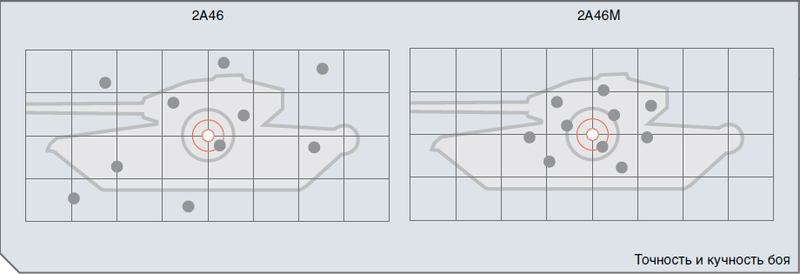
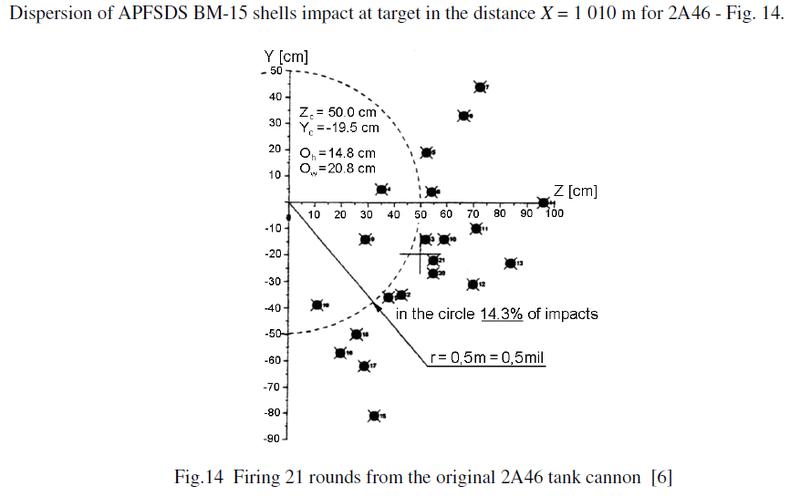
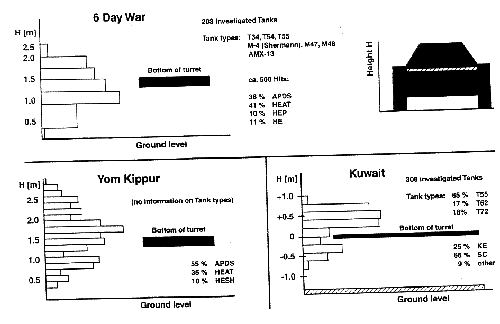
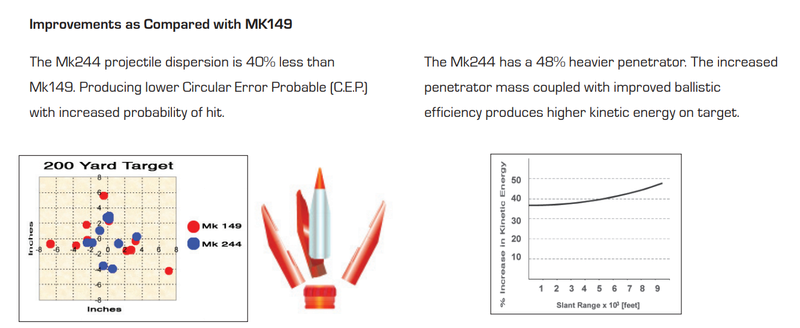
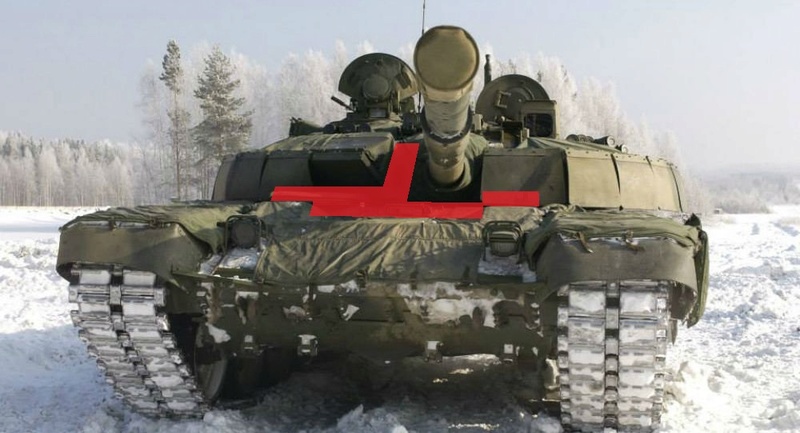
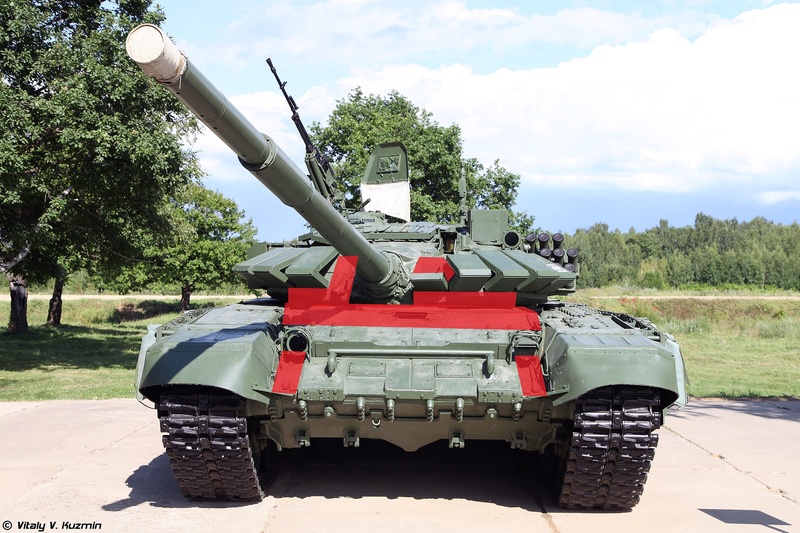


 Diameter of the DM63 projectile is something like 2 cm. So those targets are either the size of an A4 sheet of paper, or there is a mysterious shell called "DM63" that is 120mm in diameter...
Diameter of the DM63 projectile is something like 2 cm. So those targets are either the size of an A4 sheet of paper, or there is a mysterious shell called "DM63" that is 120mm in diameter...


